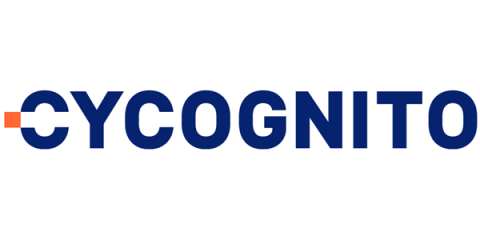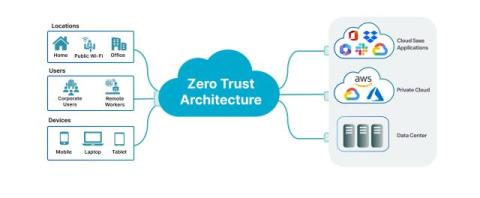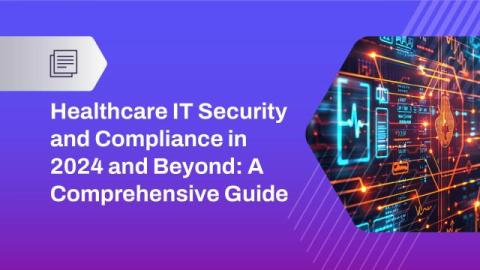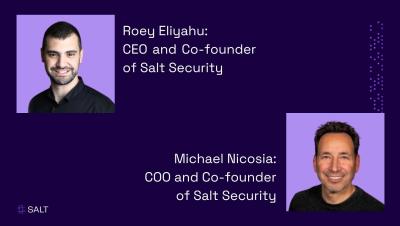The states of data, Part 4: Securing data in motion through treacherous transits
In our previous blog, Data in use and why you need to keep an eye on file activities, we discussed why you should monitor how your data is being used, threats to data in use, and how you can protect it. But, when your data is on the move, you need other security capabilities to secure it. In this blog, we’ll explore data in motion. Gone are the days when you’d simply store your data in your local database and share it with peers when required.











